The spike in claims was triggered by the increase in building surveys related to house sales, as well as significant heatwaves
Subsidence claims have increased by 49% in the last year, according to new research from LV= General Insurance (LV=GI).
Despite the uptick in claims, 51% of homeowners do not know what the signs of subsidence are, or they falsely identify it.
Similarly, 53% do not know whether subsidence is included in their current buildings cover. Although nearly one in five homeowners have noticed potential signs of subsidence at their home, 26% of these respondents didn’t take any action.
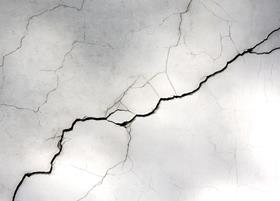
Subsidence is when the ground beneath an insured’s property sinks because the soil is unstable.
LV=GI’s research, which was conducted by Opinium, surveyed 2,002 UK adults - including 1,318 homeowners - between 1 and 4 June 2021. It found that larger subsidence claims typically cost around £30,000, with some reaching in excess of £500,000.
The noted spike in subsidence claims volume has been triggered by the huge increase in building surveys related to house sales, as well as last summer featuring the UK’s third hottest day on record in July and a significant heatwave during early August, said LV=GI.
The last major spike in subsidence claims was in 2018 - this year saw a 51% increase from the previous year’s claims total due to another exceptionally hot year.
Martin Milliner, claims director at LV=GI, said: “During the summer months, intense heat can affect foundations and lead to subsidence, especially if your home is built on clay soil.
”Our research has found that many homeowners don’t fully understand the significant signs of subsidence and we want to help consumers be confident enough to spot them at an early stage.
“It’s a good idea to carry out any precautions on your home, as making small changes early on can help make a difference.
”From our research, we can also see that a high proportion of homeowners don’t know if their buildings insurance covers subsidence - I’d encourage them to check so it’s not a potential costly problem in the future.”
Call the insurer
Of those who spotted signs of subsidence in their homes, the most common response was to call their insurer (51%), while 22% organised professional checks to be undertaken by building surveyors.
But just over a quarter (26%) of respondents didn’t do anything at all.
Data from LV=GI below highlights the number of respondents who managed to spot true and false signs of subsidence:
| TRUE | FALSE |
|---|---|
|
Large cracks in walls (indoor and exterior) – 71% |
Tilting large trees outside the home – 30% |
|
Sinking foundations or sloping floors – 68% |
Bulging floorboards – 28% |
|
Sinking or dips in pathway or driveway – 53% |
Damp patches appearing – 13% |
|
Doors and windows difficult to open or stick – 48% |
Signs of mould – 9% |
|
Wallpaper tearing (with no signs of damp) – 25% |
Musty odour – 8% |
Clay shrinkage and soil erosion are some of the biggest causes of subsidence in the UK, accounting for over 90% of claims. However, more than half of the nation’s homeowners (55%) don’t know what type of soil their home’s foundations are built on.





























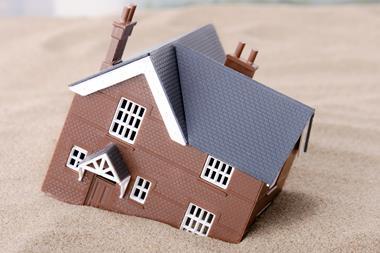



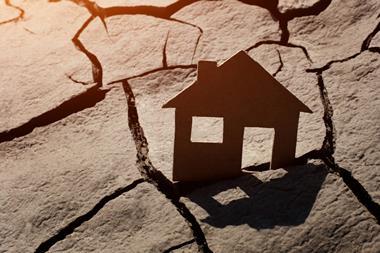
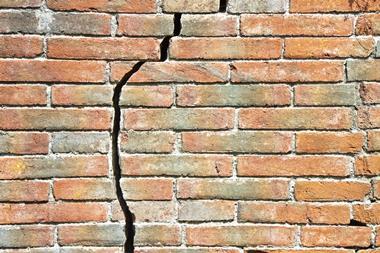



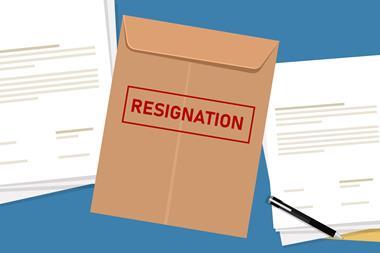
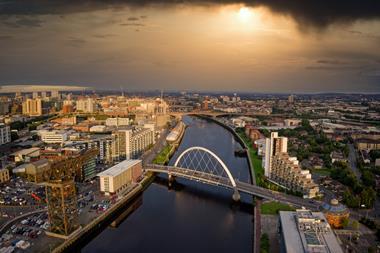



No comments yet